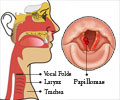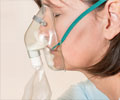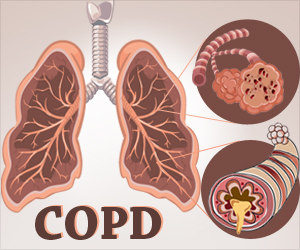Risk Factors of COPD
Smoking is the most important risk factor for developing COPD.
Factors that increase a person’s chances for developing COPD are:
Smoking: Smoking not only affects the smoker, but it is also harmful to passive smokers that are in close contact with the smoker. Cigarette smoking affects the bronchi, bronchioles as well as the alveoli. It causes enlargement of bronchial glands leading to an increase in phlegm production. It also causes changes in the bronchial lining and loss of hair like structures or cilia. This may affect removal of dust particles from the inhaled air or predispose to cancer. Smoking may also cause muscles of the bronchi to thicken and make the bronchi hyperreactive, thus obstructing airflow. It causes similar changes in the smaller airways or bronchioles as well. The smaller airways may collapse or be scarred. The alveoli may show inflammation, lose their elasticity and be converted to large inelastic airspaces.
Other risk factors include:
- Airway responsiveness: Some people have sensitive airways that narrow easily when exposed to certain allergens. These patients are at an increased risk for COPD
- Respiratory tract infections: Respiratory tract infections may cause attacks of COPD
- Occupational exposure: Exposure to dust containing cadmium and other harmful substances in the workplace could increase the risk of developing COPD. Smoking in addition to occupational exposure increases the risk substantially
- Air pollution: Air pollution could also increase the risk of developing COPD
- Alpha – 1 antitrypsin deficiency: Some patients suffer from a genetic disease wherein they lack of an enzyme called alpha – 1 antitrypsin. These patients are at an increased risk of developing COPD















